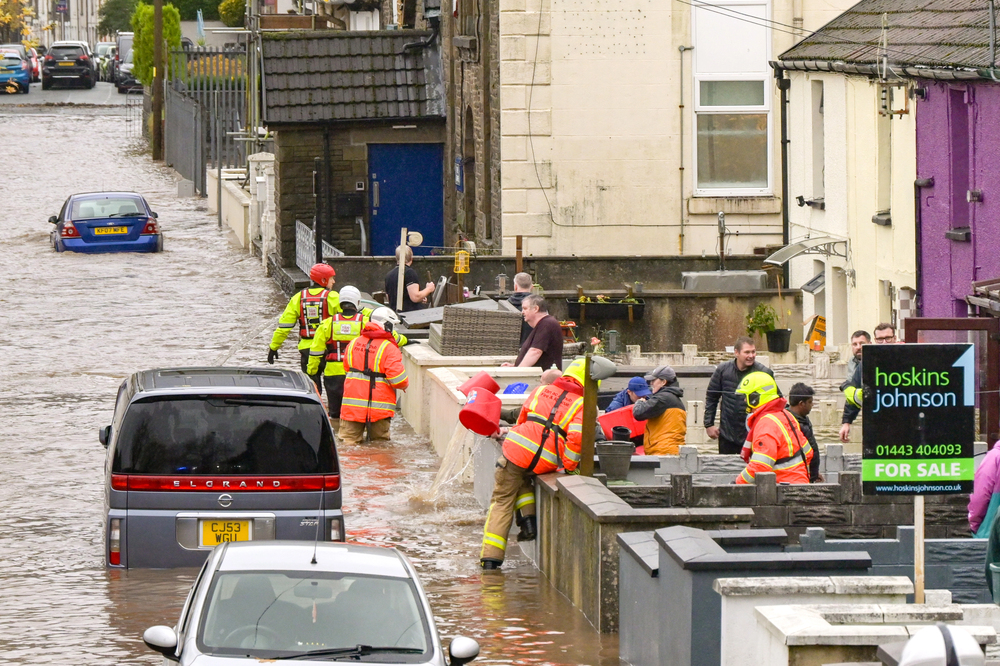
One hour created the difference: on July 4, 2025, the Texas Guadalupe River overflowed by over 30 feet, killing dozens and exposing fault lines in America’s weather safety net. The catastrophic flood destroyed communities and sparked renewed fiery debate about federal staffing cuts, privatization plans, and the future of public weather forecasting. While politicians squabbled and rescue workers worked day and night, it became clear that how and why we fund and staff the National Weather Service (NWS) is more than a problem of government bureaucracy it’s one of life and death.
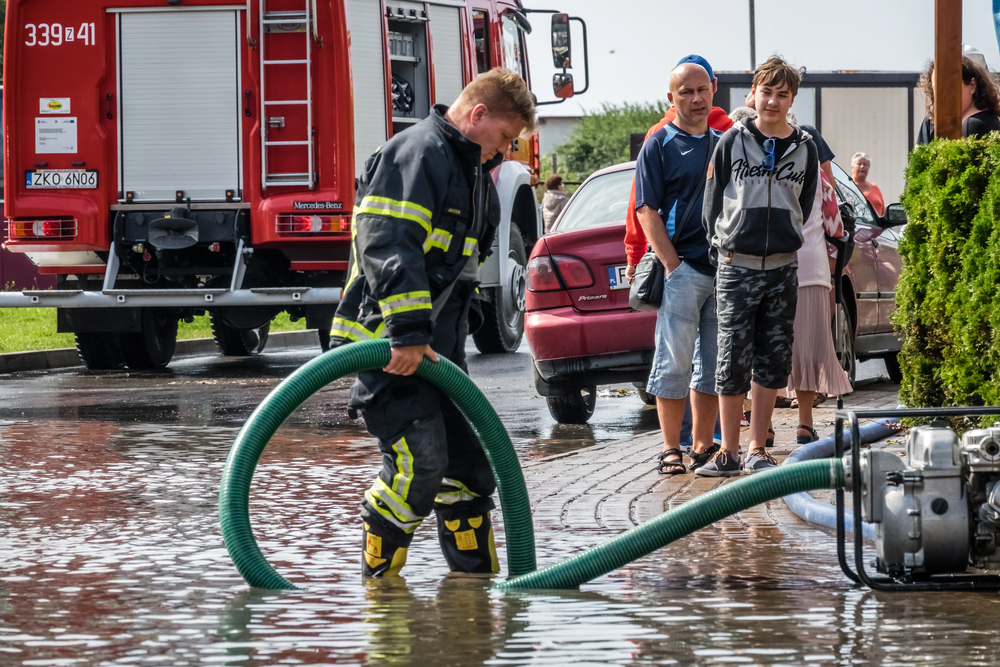
In its aftermath, rumors swirled: Were the massive layoffs at the NWS a factor in the calamity? Are deeper budget cuts and privatization plans putting Americans at risk? That’s what all emergency management professionals and engaged citizens need to understand about the real stakes of those decisions and what’s at risk for the next disaster.
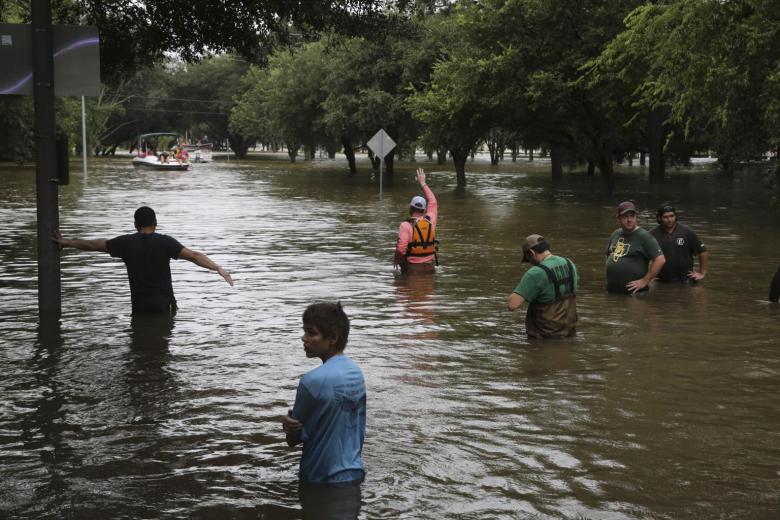
1. The Texas Floods: A Disaster Reveals Systemic Dangers
The July 4 flash flooding in Texas Hill Country was the deadliest in nearly 50 years, killing a minimum of 120 people, including dozens of children attending a summer camp on the Guadalupe River. Warnings notwithstanding, the water rose with shocking speed more than 30 feet in less than two hours. The rainfall rates of 2 to 3 inches per hour overwhelmed local systems, said NWS spokesperson Erica Grow Cei.
Although some attributed the fault to NWS staff cutbacks, outside meteorologists and government officials claimed that warnings were actually delivered in a timely manner. The real issue, as Chris Vagasky told NBC News, was “getting people to receive the message.” The disaster highlighted the need for how even the best forecasts can become meaningless if communication and local preparedness lag.
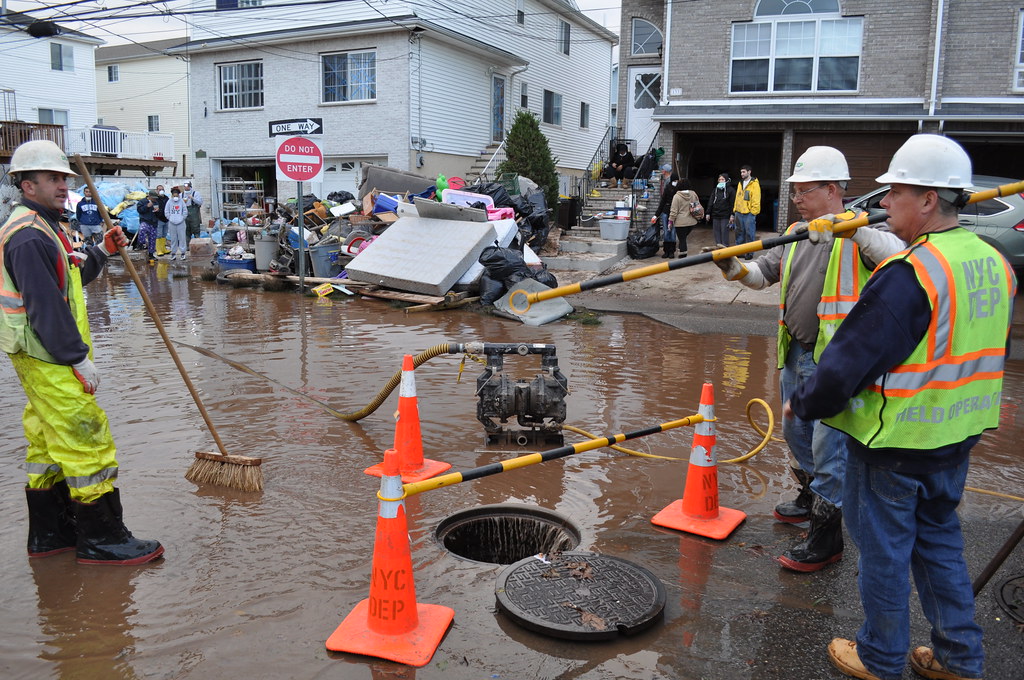
2. NWS Staff Cuts: More Than 600 Jobs Lost, Leadership Vacuums Continue
This year, the NWS lost approximately 600 workers more than 10% of its staff in layoffs, buyouts, and retirement, as NWS Employees Organization spokesperson Tom Fahy confirmed. Austin/San Antonio and San Angelo offices, which covered the flood area, were working with several critical vacancies, such as warning coordination meteorologists and hydrologists.
While frontline meteorologists were left to handle crisis management, fewer experienced personnel resulted in less coordination with local governments. As retired NOAA administrator Richard Spinrad explained to CNN, “someone needs to follow up, and that’s the warning coordination meteorologist a position that was vacant.” These gaps can be the difference between a warning issued and a warning acted upon.
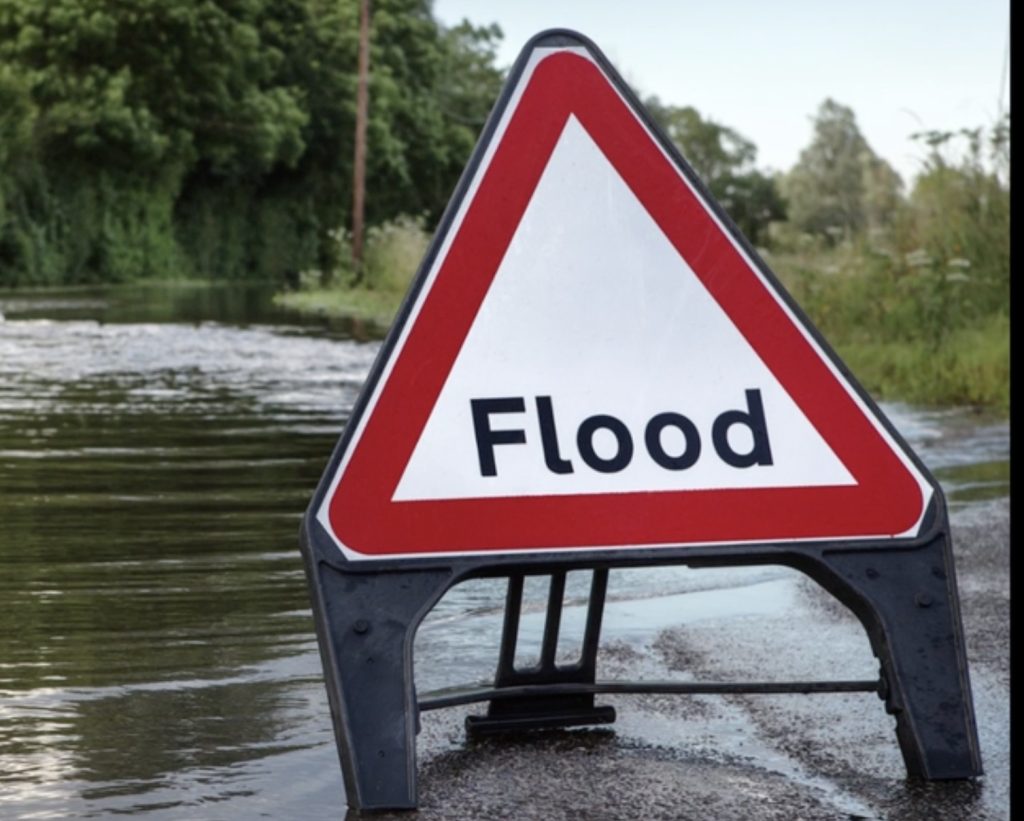
3. Forecasts Were Timely But Communication Was the Weak Link
Numerous timelines show that NWS issued flood watches and warnings hours before catastrophe. The first flash flood warning for Kerrville was issued at 1:14 a.m., and by 4:03 a.m., it had issued a flood emergency. Individuals had roughly three hours of lead time, which was within NWS standards.
But the flooding arrived at night, when people were asleep, and most were travelers not sensitized to local hazards. Emergency systems permitted officials to admit that they weren’t good enough, and a bill to upgrade them was vetoed on cost grounds. The moral? Warnings save lives only if they reach and are taken by the public.
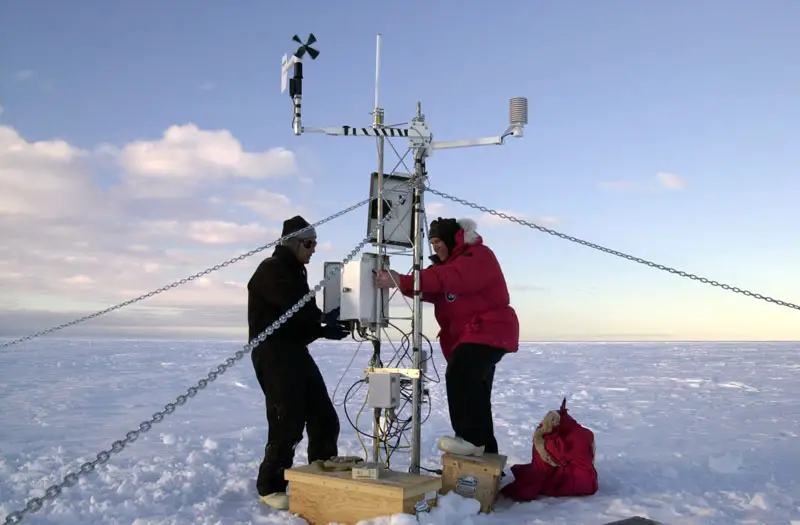
4. Budget Cuts Loosen Skies for Weather Research and Forecast Innovation
The Trump administration 2026 budget would reduce NOAA by nearly 40%, shuttering its Office of Oceanic and Atmospheric Research and closing down critical labs. That would be a “generational loss” to U.S. forecasting, pushing progress back a decade or more, warns experts. As retired hurricane center chief James Franklin said, “It will stop all progress.”
Critical resources for flash flood prediction like the FLASH project are on the chopping block. As meteorologist Michael Lowry points out, “The National Severe Storms Laboratory and related projects like this one are slated for elimination in NOAA’s forthcoming 2026 budget, which would be detrimental to our ability to forecast such deadly floods going forward.” Their loss translates to fewer advances in warning accuracy, and more communities remain at risk.
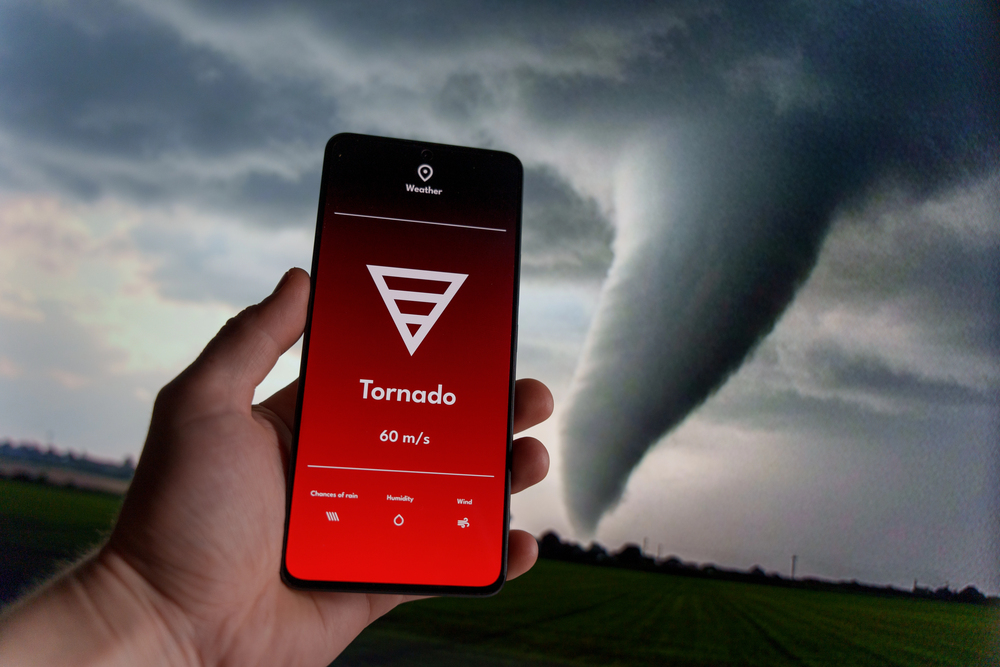
5. Privatization Push: Who Really Benefits?
Offstage, the momentum to privatize weather forecasting is gathering pace. Project 2025, the policy guide that is driving current cuts, requires NOAA to “be broken up and downsized” and the NWS to “fully commercialize its forecasting operations.” Some of President Trump’s Trump appointees, including Commerce Secretary Howard Lutnick and NOAA nominee Neil Jacobs, have close links with private weather and satellite firms that will gain from these changes.
Privatization could turn weather alerts into a pay service, contends experts like Rick Spinrad, “Literally making the weather service a subscription streaming service? As a taxpayer, I don’t want to be in the position of saying, ‘I get a better weather forecast because I’m willing to pay for it.” The risk: life-threatening information could be an optional amenity, not a right.
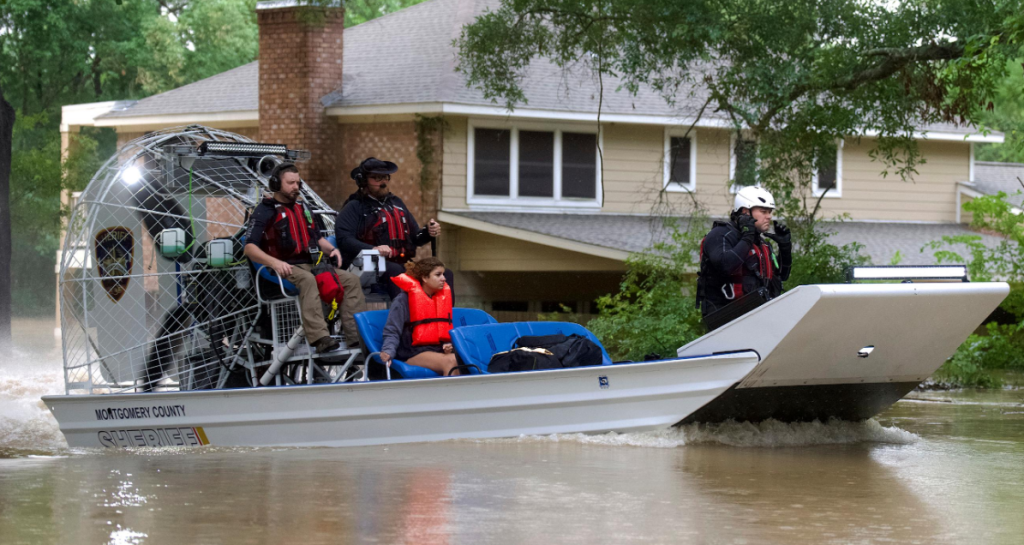
6. The Subsidized Price: Economic and Public Safety Benefits
Weather forecasting is not a science, it’s a money- and life-saver. The NWS gets an annual budget of about $1.3 billion, or about $4 per American, but its operations power a $100 billion economy with a 73-to-1 rate of return on investment, according to meteorologist Jan Null. Accurate hurricane forecasts alone save $5 billion per storm in damages and recovery.
Cutting funding for staff, research, and observation places not just future forecasts at risk it puts lives, property, and the financial well-being of whole communities in harm’s way. Quoting former NOAA lab chief Alan Gerard: “A disaster is seldom the result of one failure or event, it usually is the culmination of a string of multiple things that go wrong.”
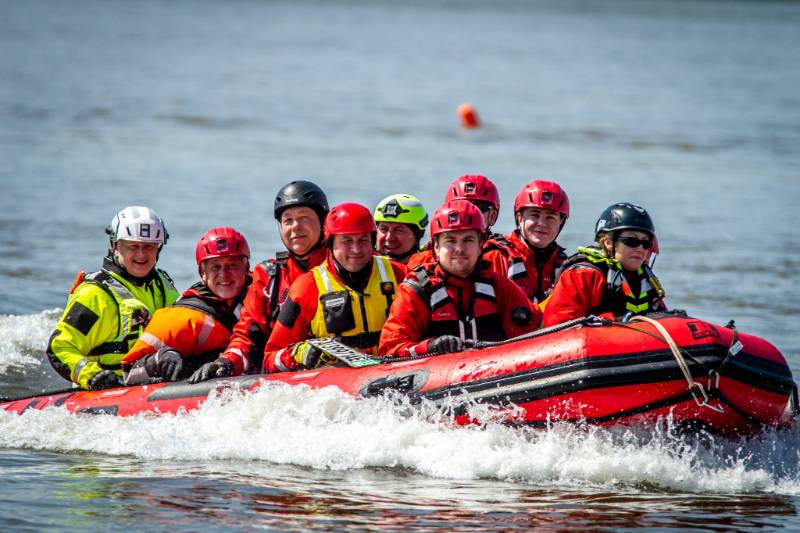
7. What’s Next: The Battle for the Public Weather Service’s Future
The Texas floods brought the country’s attention squarely on the effects of cutting the NWS and NOAA. While this time there were warnings issued beforehand, the next time the catastrophe may not be so generous if research, staffing, and public access are to continue diminishing.
As a member of Congress calling for the next federal budget, emergency managers, scientists, and advocates are calling for an increased investment in public, science-based forecasting. The stakes are clear: public safety is on the line as a result of robust, available, and well-funded weather services. The choice is not just dollars it’s who will stay safe when the next storm hits.

The Texas 2025 floods have acted as an eye-opener for the nation, showing that the strength of our weather safety net is not just technological but also human, scientific, and a matter of public good over profit. As policy makers consider the future of the National Weather Service and NOAA, the message from experts and first responders rings clear: an investment in weather forecasting is an investment in lives, communities, and the country’s resilience. The next storm won’t wait for a budget debate so the time to act is now.


